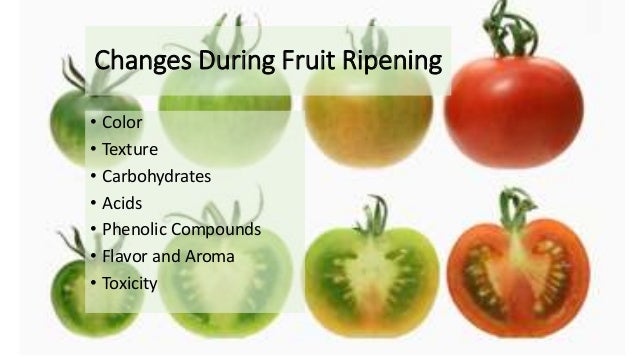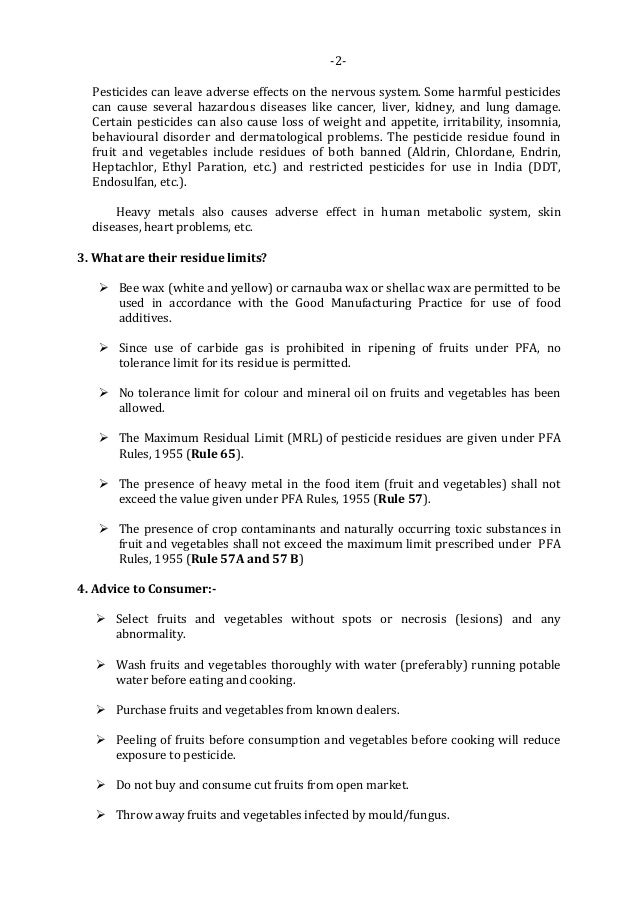Consumption of sugar sweetened beverages, artificially sweetened beverages, and fruit juice and incidence of type 2 diabetes: systematic review, meta- analysis, and estimation of population attributable fraction. Abstract. Objectives To examine the prospective associations between consumption of sugar sweetened beverages, artificially sweetened beverages, and fruit juice with type 2 diabetes before and after adjustment for adiposity, and to estimate the population attributable fraction for type 2 diabetes from consumption of sugar sweetened beverages in the United States and United Kingdom. Design Systematic review and meta- analysis. Data sources and eligibility Pub. Med, Embase, Ovid, and Web of Knowledge for prospective studies of adults without diabetes, published until February 2. The population attributable fraction was estimated in national surveys in the USA, 2. UK, 2. 00. 8- 1. 2 (n=1.
Synthesis methods Random effects meta- analysis and survey analysis for population attributable fraction associated with consumption of sugar sweetened beverages. Results Prespecified information was extracted from 1. Higher consumption of sugar sweetened beverages was associated with a greater incidence of type 2 diabetes, by 1. I2 for heterogeneity=8. I2=7. 9%) before and after adjustment for adiposity; for artificially sweetened beverages, 2. I2=7. 0%) and 8% (2% to 1. I2=6. 4%); and for fruit juice, 5% (.
Potential sources of heterogeneity or bias were not evident for sugar sweetened beverages. For artificially sweetened beverages, publication bias and residual confounding were indicated.
For fruit juice the finding was non- significant in studies ascertaining type 2 diabetes objectively (P for heterogeneity=0. Under specified assumptions for population attributable fraction, of 2. USA (absolute event rate 1. UK (absolute event rate 5.
RESOURCES FOR QUEENSLAND STUDENTS & TEACHERS DEADLY EEI IDEAS Ideas for Year 11 and 12 Biology Extended Experimental Investigations. From Dr Richard Walding, BAppSc. BIOTECHNOLOGY “ Unwinding the helical mystery” 2. Printshop Mail Suite 7 Crack. What is Biotechnology???
Olive oil has long been considered sacred. The olive branch was often a symbol of abundance, glory and peace. The leafy branches of the olive tree were ritually. The orchids are a large family of flowering plants, the Orchidaceae. They are herbaceous monocots. There are between 22,000 and 26,000 species in 880 genera. 500 Business Ideas.pdf - Ebook download as PDF File (.pdf), Text File (.txt) or read book online.
General introduction about microorganisms that can change the health and quality of our foods. Chuck Season 4 Download Episodes Fullmetal Alchemist there. The genes shown represent a fruit ripening control network regulated by transcription factors (MADS-RIN, CNR) necessary for production of the ripening hormone. Sims Artists Union Female Hair 121.
Conclusions Habitual consumption of sugar sweetened beverages was associated with a greater incidence of type 2 diabetes, independently of adiposity. Although artificially sweetened beverages and fruit juice also showd positive associations with incidence of type 2 diabetes, the findings were likely to involve bias. None the less, both artificially sweetened beverages and fruit juice were unlikely to be healthy alternatives to sugar sweetened beverages for the prevention of type 2 diabetes.
Under assumption of causality, consumption of sugar sweetened beverages over years may be related to a substantial number of cases of new onset diabetes. Introduction. The health effects of sugar sweetened beverages, artificially sweetened beverages, and fruit juice have received considerable attention from scientific and public communities. The consumption of sugar sweetened beverages is likely to contribute to an increase in obesity and the development of type 2 diabetes. Artificially sweetened beverages and fruit juice are candidate alternatives to sugar sweetened beverages, but their prospective associations with type 2 diabetes have not yet been well established because only a few studies have examined the associations, of which potential bias has been debated. Each of these beverage types has been investigated and reviewed for prospective associations with incident type 2 diabetes.

The health effects of sugar sweetened beverages, artificially sweetened beverages, and fruit juice have received considerable attention from scientific.

A few quantitative reviews were available, but one aggregated studies that did and did not adjust for obesity status. List Of Gizmodo Games Download. It is crucial to better characterise the influence of adiposity because obesity can directly cause type 2 diabetes and thus mediate an association between consumption of sugar sweetened beverages and type 2 diabetes.
Previous studies indeed reported that obese individuals tend to consume more sugar sweetened and artificially sweetened beverages and less fruit juice than leaner individuals. Moreover, despite the growing interest in a policy intervention to reduce the consumption of sugar sweetened beverages at a population level,1. We therefore conducted a systematic review and meta- analysis of prospective studies to test whether or not habitual consumption of sugar sweetened beverages, artificially sweetened beverages, or fruit juice would be associated with the incidence of type 2 diabetes.
We specifically aimed to meta- analyse the associations with and without adjustment for adiposity, because the association may be both mediated and confounded by this factor. To provide policy relevant measures, we then used the result of the meta- analysis for sugar sweetened beverages to estimate the population attributable fraction for the 1. United States and United Kingdom, where approximately half of each population in recent years consumed sugar sweetened beverages.
Methods. Patient involvement. There was no patient involvement in this study. Study searches and selection. Following the PRISMA guidelines. May 2. 01. 3 (updated on 1. February 2. 01. 4): Pub.
Med, Embase, Ovid, and Web of Knowledge. Search terms included those related to types of beverages, diabetes, and prospective study design (see supplementary information for details).
Time and language of publications were not restricted. After the removal of duplicates, one author (FI) screened the articles on the basis of the titles and abstracts and three authors (FI, LO’C, and ZY) independently reviewed them in duplicate. We considered studies to be eligible for inclusion if they were of a prospective design, assessed the consumption of beverages and incident type 2 diabetes, and recruited adults free of diabetes and aged 1. Msu Distinguished Alumni Program Ideas. We also considered a follow- up of at least two years on average because incidence of diabetes could alter approximately two years after modification of lifestyle.
Data extraction and quality assessment. Download Emergency 4 Portuguese Modern. We extracted information in a standardised manner in duplicate, including baseline personal information such as body mass index, and duration of follow- up, exclusion criteria, sample size, loss to follow- up, assessments of beverage consumption and incident type 2 diabetes, types of beverage consumed, measures of prospective associations with 9. We extracted measures of associations that were the most adjusted for sociodemographic and lifestyle factors, with and without further adjustment for adiposity measures. Chopin Complete Edition Torrent Flac File.
Although adjustment for total energy intake is important to assess,4. We extracted estimates stratified by age, sex, and adiposity measures, if reported, to use in meta- regression to assess heterogeneity. Additional information on study design and quality was also obtained from identified articles as well as from relevant articles of identified cohorts.
We contacted authors of identified articles to request additional information if the article did not report two types of estimates before and after adjustment for adiposity, based on either categorical or continuous analysis for sugar sweetened beverages, artificially sweetened beverages, and fruit juice separately. When we contacted authors we requested estimates before and after adjustment for adiposity based on both continuous and categorical variables of each beverage consumed, and we requested estimates based on longer follow- up if available. In addition we contacted authors of cohorts that did not meet eligibility criteria but could be eligible on the provision of additional information (see supplementary table S1).
We examined risks of bias in concordance with the Cochrane tools, including a Cochrane risk of bias assessment tool for non- randomised studies of interventions. Seven domains were assessed: confounding, selection, exposure measurement, misclassification over time, missing data, outcome measurement, and selective reporting. Bias specific to this meta- analysis included the likelihood of misclassifying sugar sweetened fruit drink as fruit juice (for example, fruit punch). Sources of bias were evaluated by using meta- regression for each as a potential source of heterogeneity, meta- analysis excluding studies with a certain type of bias, or meta- analysis incorporating quantitative measures of bias (see supplementary information). Overall quality of evidence was assessed based on study quality, results from sensitivity analysis, and principles of the grades of recommendation, assessment, development, and evaluation (GRADE). One author (FI) first summarised the results of bias assessment and quality of overall evidence and these results were discussed among the other authors (FI, LOC, YZ, and NGF) for consensus. Emagic Usb Midi Driver Plugin Needed.
Meta- analysis. We used Stata 1. Statistical details are described in the supplementary information. Free Activation Keys For Windows 10 Pro there. Each of sugar sweetened beverages, artificially sweetened beverages, and fruit juice was considered as the main exposure. We defined sugar sweetened beverages as any sweetened beverages, including sugar sweetened fruit juice, not presented as diet or non- caloric beverages. Artificially sweetened beverages included low caloric soft drinks as reported in each study. Fruit juice was defined as 1.
We standardised measures of associations to relative risk per one serving/day of beverage consumption, after we confirmed that this unit was the most frequently used in studies. Because volume per serving was specific to a population, ranging from 2. L (one cup) to 3. L (1. 2 oz) (median across publications=2. L/day), we repeated meta- analysis to estimate the relative risk for each 2. L/day. We converted odds ratios, if reported, to relative risks. If a study reported categorical estimates only, they were combined to obtain a single dose- response estimate.
If only stratified estimates were reported, we merged them by fixed effects meta- analysis to derive a cohort specific estimate, assuming consistency of associations within a cohort. We performed random effects meta- analysis as prespecified, assuming that biological effects of beverages in different populations would vary randomly at least by processing and composition of beverages. The heterogeneity of associations was expressed by I2.
For each of the beverages of interest, we estimated relative risks before and after adjustment for adiposity measures.